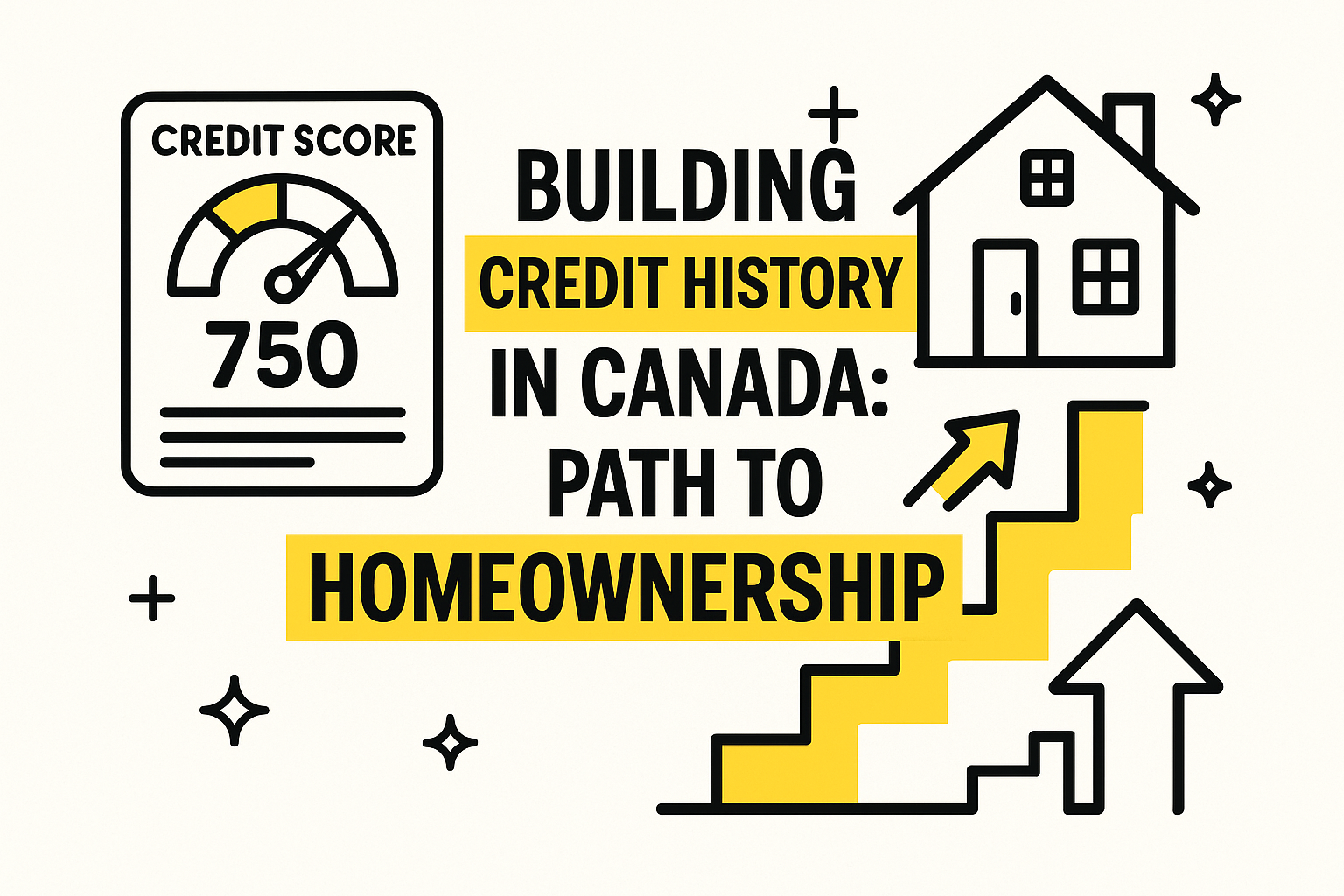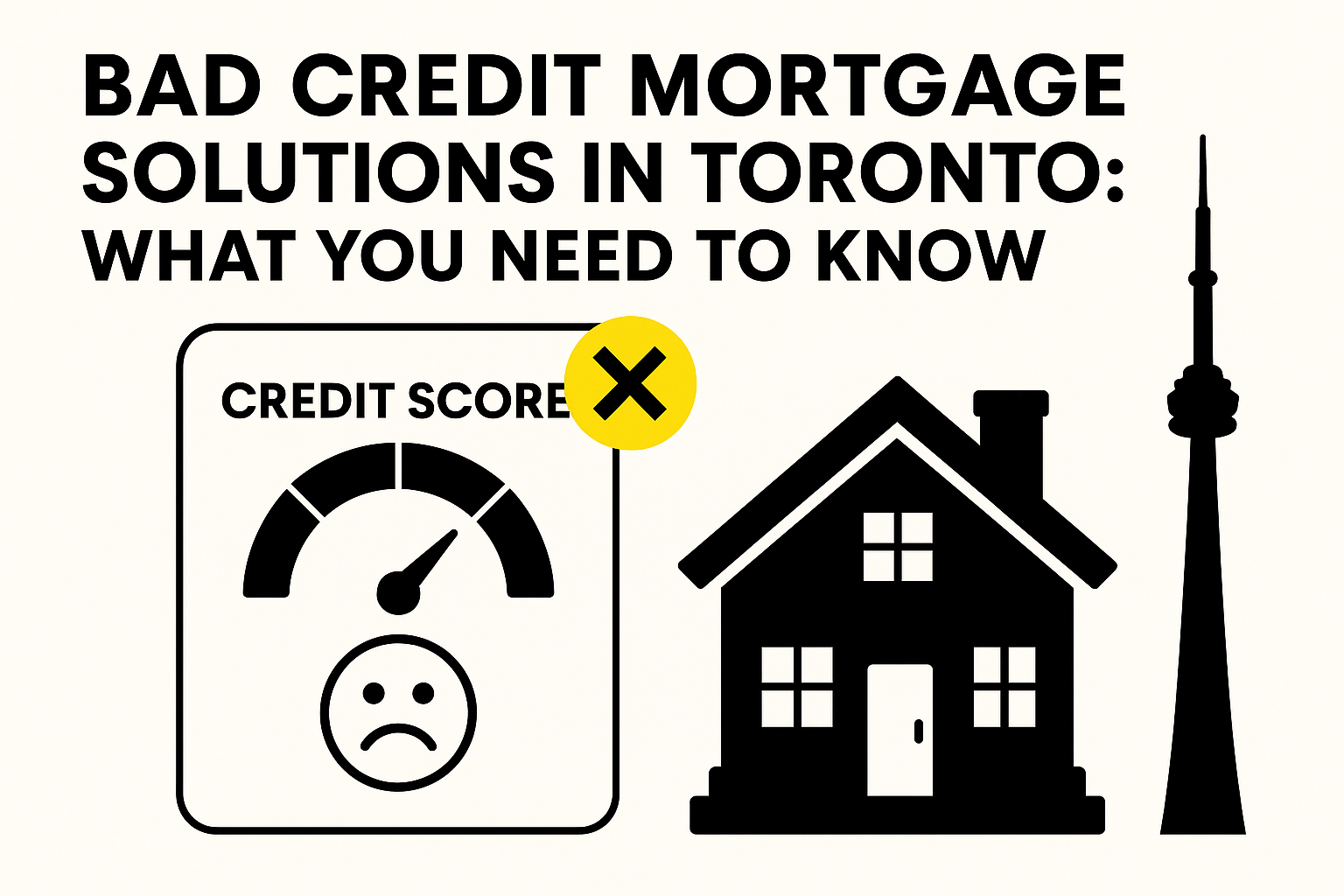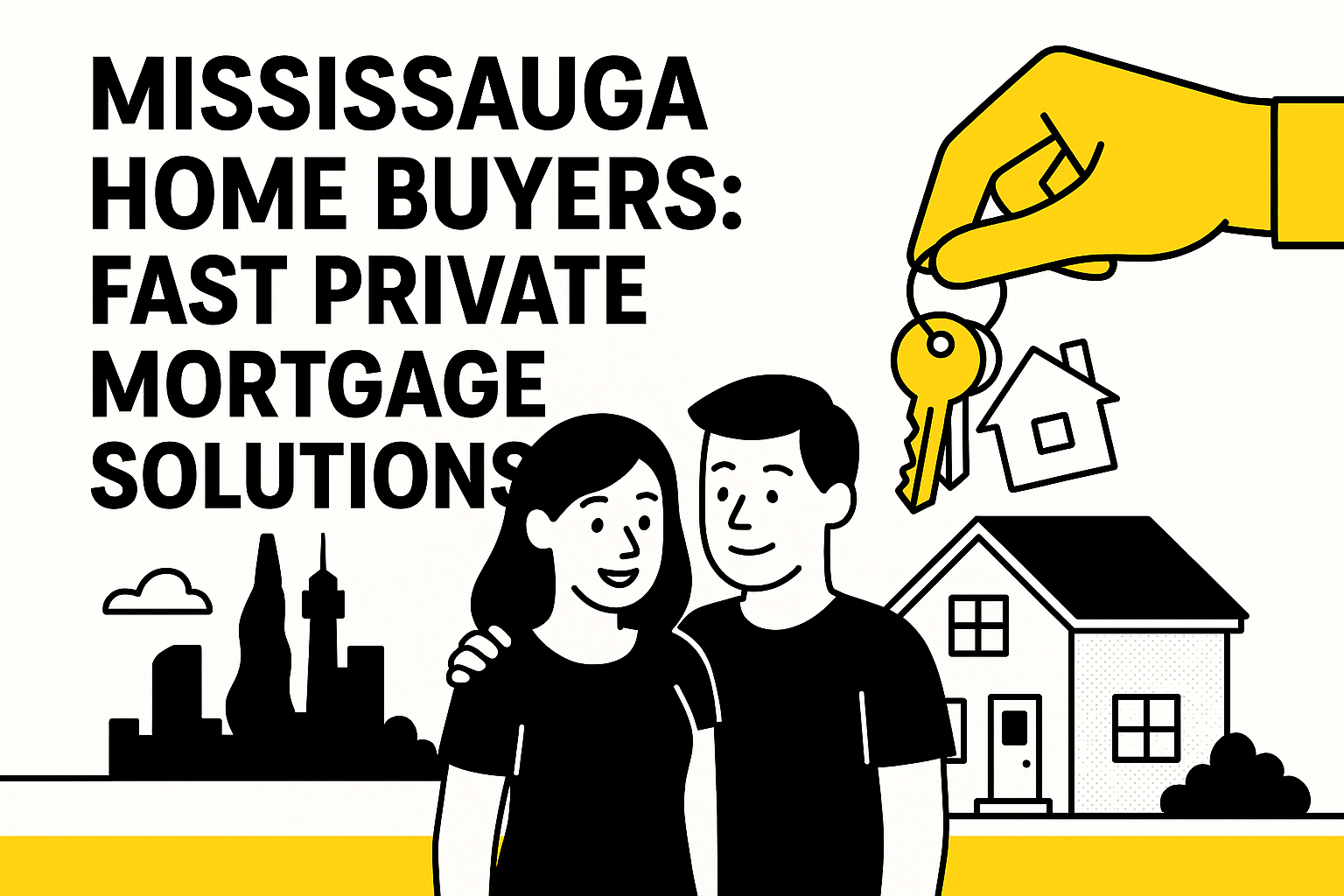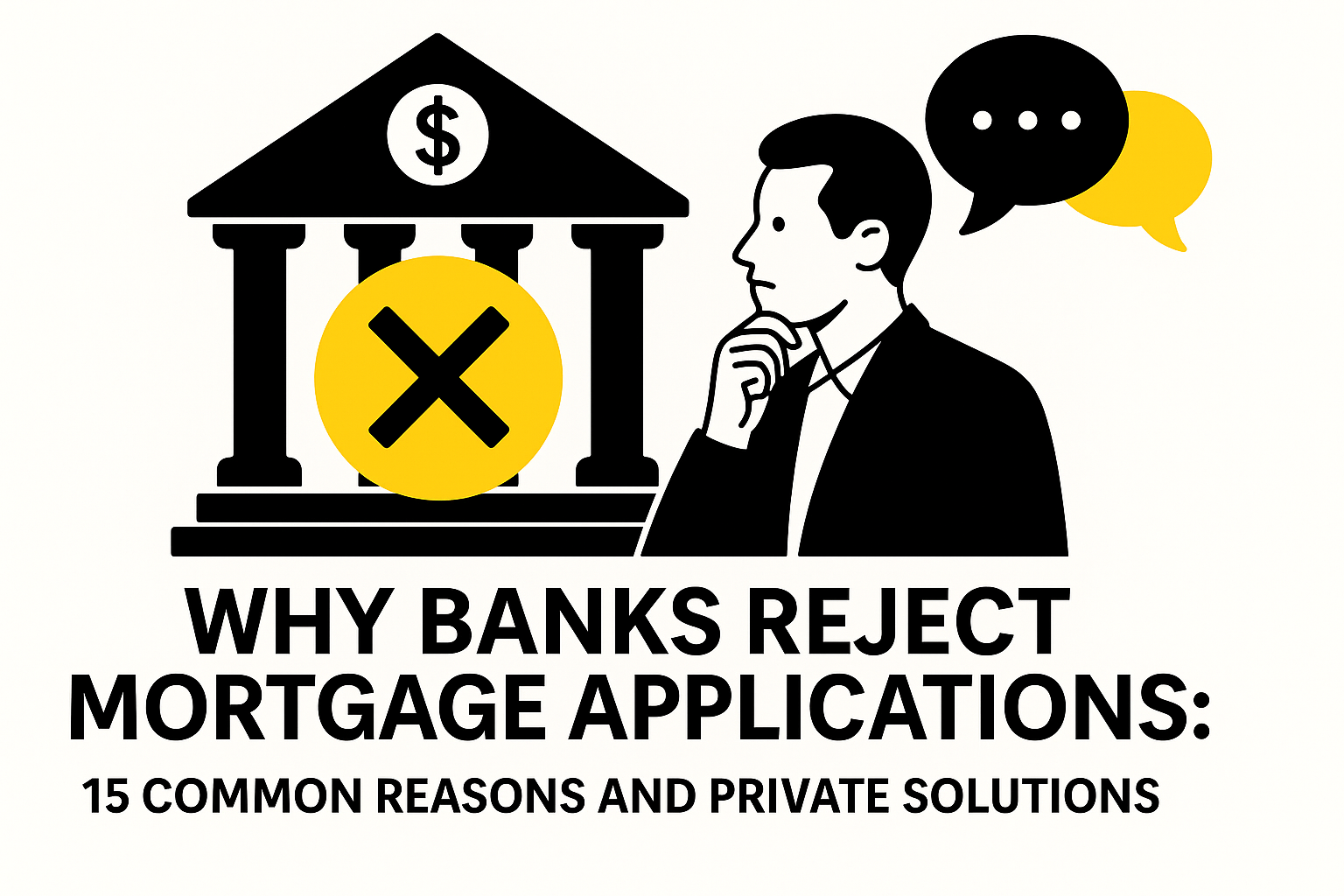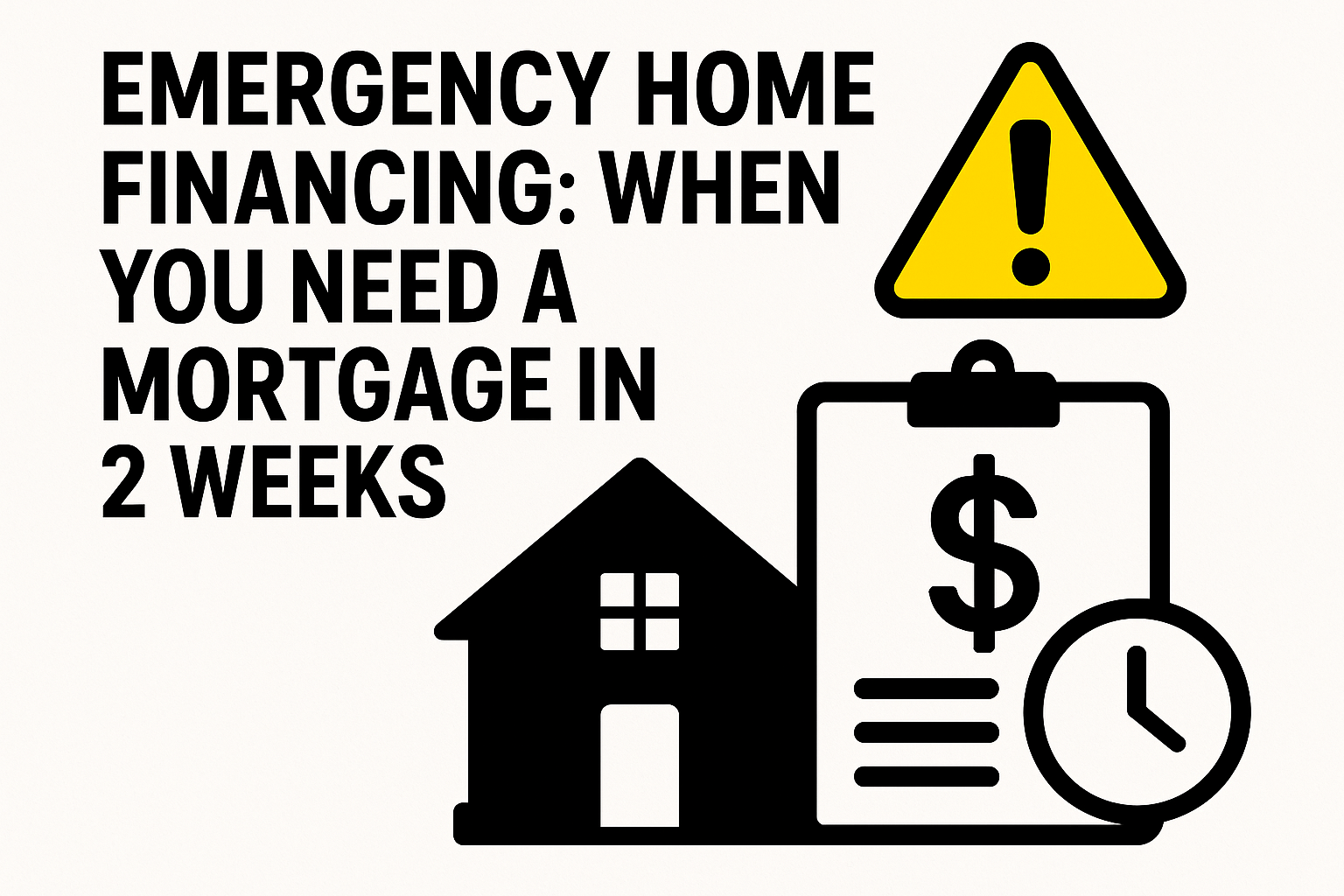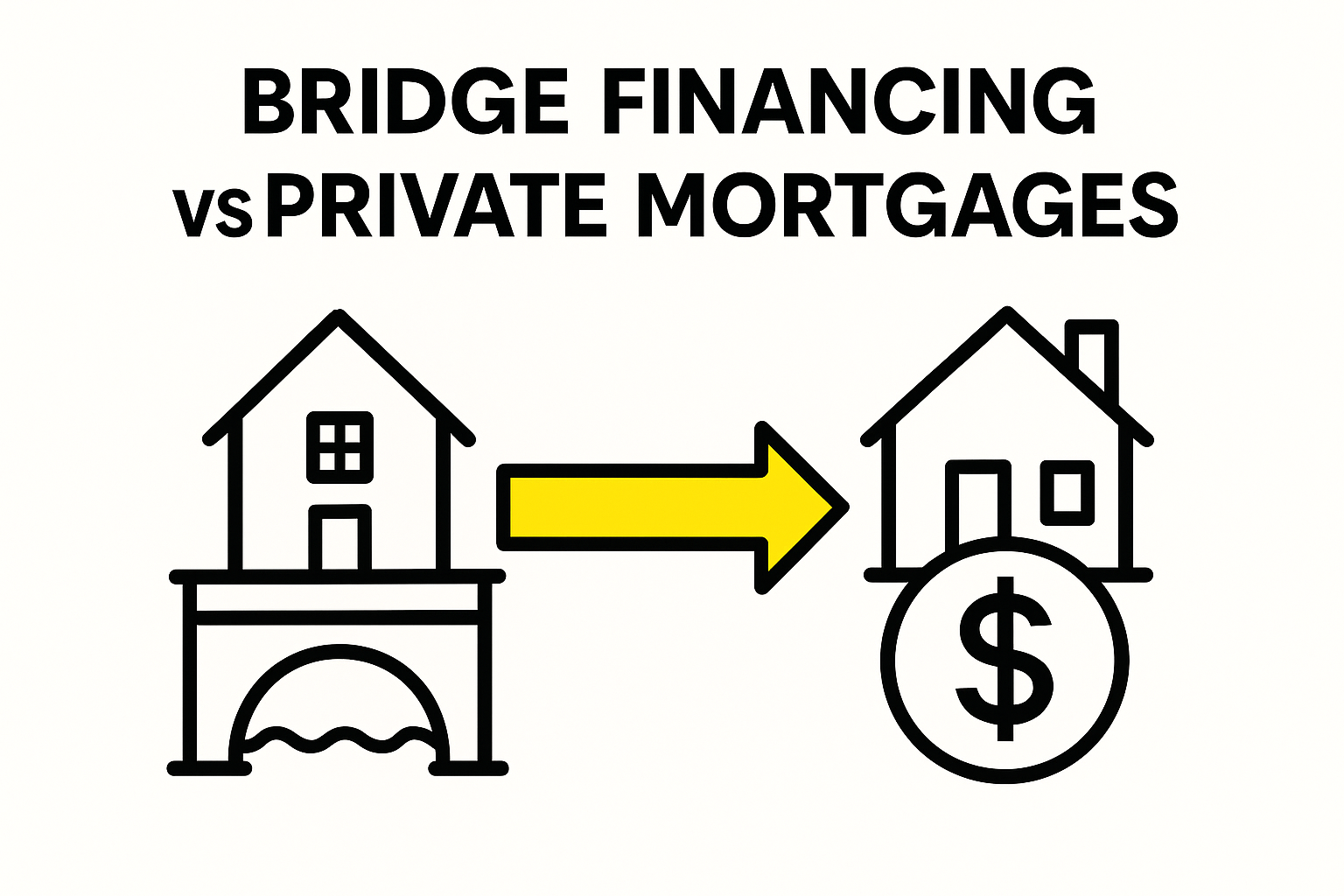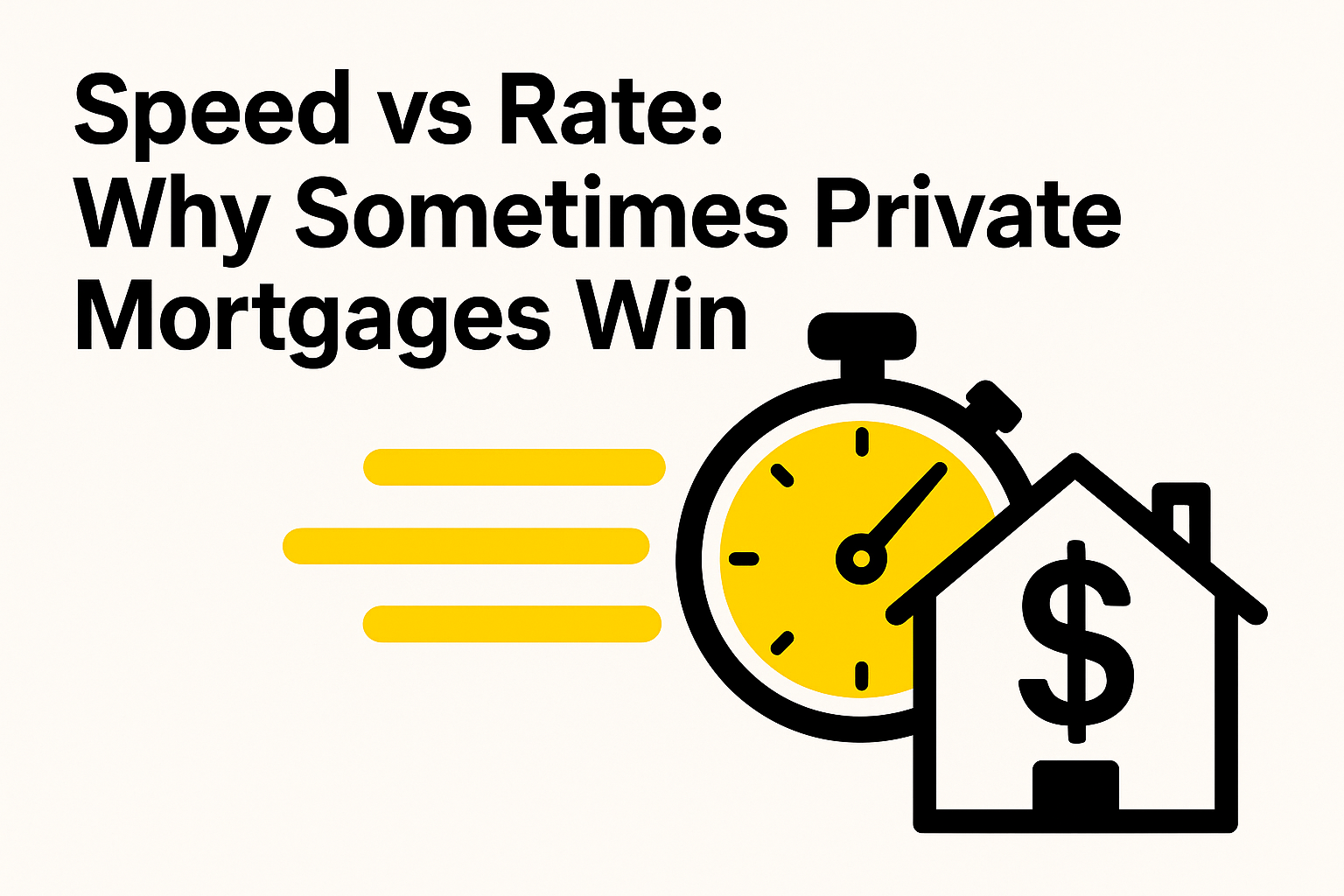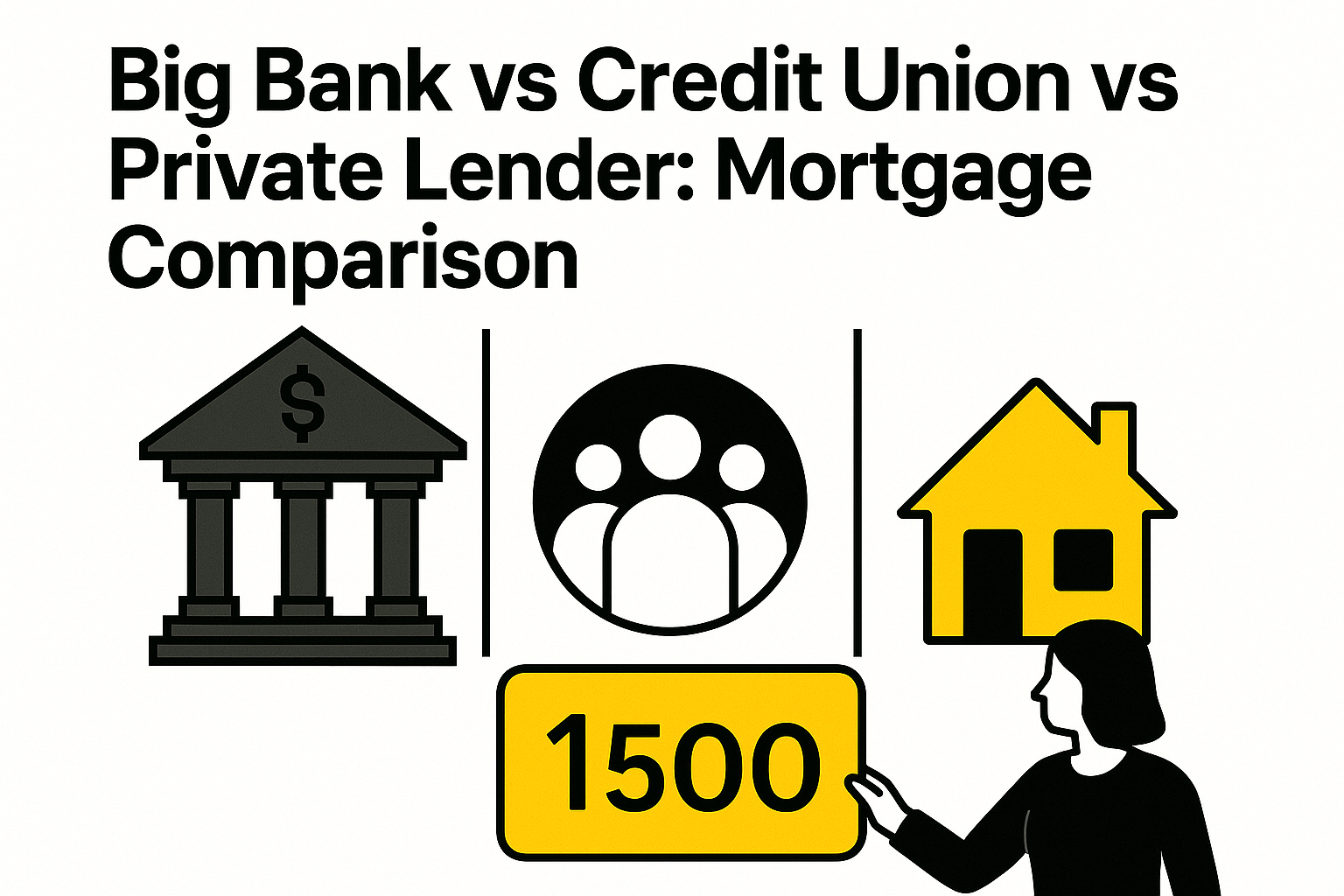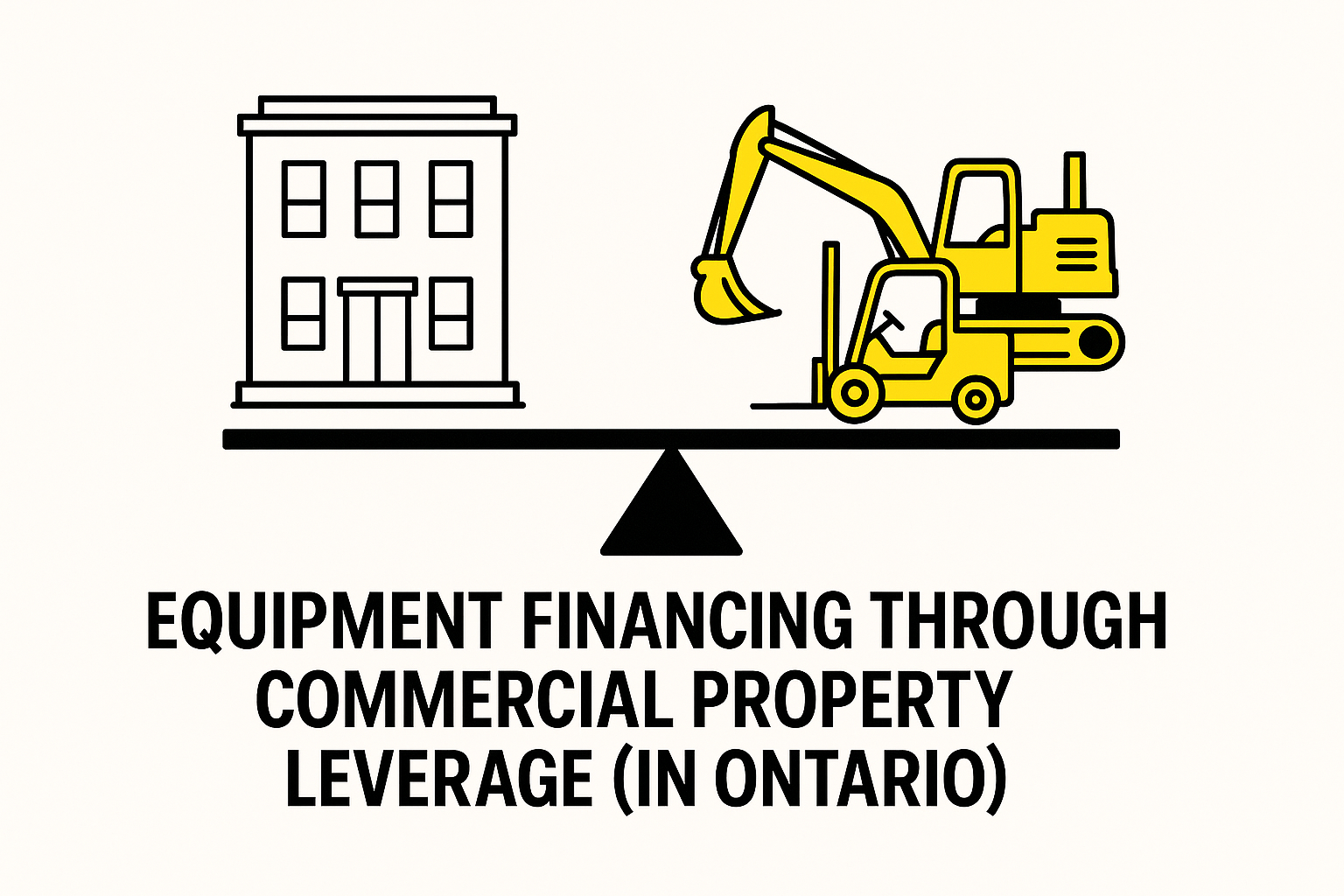Picture this: Kevin Liu arrived in Toronto with an MBA from London School of Economics, $200K in savings, and a job offer from RBC. Six months later, he couldn’t get approved for a $500 credit limit because Canadian banks had never heard of him. His mortgage dreams felt further away than when he lived 8,000 kilometers across the ocean. Sound familiar? This credit catch-22 traps thousands of capable homebuyers every year, but there’s a way out that most advisors won’t tell you.
The truth is, building Canadian credit doesn’t have to take five years like everyone claims. I’ve helped clients go from zero credit history to mortgage approval in 18 months using strategies that most people discover by accident. The key isn’t just getting any credit – it’s getting the right credit products in the right sequence while avoiding the costly mistakes that reset your progress to zero.
Why Canadian Credit Rules Feel Like a Foreign Language
The 650 Score Myth That Keeps Good People Renting
Here’s something that’ll surprise you: I’ve gotten clients approved for mortgages with 620 credit scores, while watching others with 720 scores get rejected. Banks care more about your credit story than your credit number.
The magic 650 score that everyone talks about? It’s not a hard rule. What matters is how you built that score, how long you’ve had credit, and whether your file tells a coherent story about financial responsibility.
What Banks Don’t Tell You About “Thin File” Applications
A “thin file” isn’t just low credit – it’s insufficient credit history to make a lending decision. Even with a decent score, if you only have one credit card for eight months, you’re still thin file territory.
Banks want to see at least two different types of credit (mixed credit), consistent payment history over 12+ months, and enough data points to predict your future behavior. One perfectly managed credit card doesn’t tell them enough.
Why Your Excellent International Credit History Means Nothing Here
I regularly meet clients who managed multiple properties and business loans overseas, but Canadian banks treat them like teenagers applying for their first credit card. It’s frustrating, but there’s logic behind it.
Different countries have different lending standards, legal systems, and collection processes. Your stellar payment history in Singapore doesn’t tell TD Bank how you’ll behave under Canadian bankruptcy law or economic conditions.
The Real Timeline: How Long Credit Building Actually Takes
Month-by-Month Breakdown of Score Development
Most credit scores start appearing around month 3-4, but they’re meaningless until month 6. Don’t get excited by that initial 680 score – it’s based on limited data and will fluctuate wildly.
Months 6-12 are where real patterns emerge. Your score will likely dip as algorithms gather more information, then stabilize around your “true” score based on actual behavior patterns.
The sweet spot hits around month 18. This is when you have enough history for meaningful mortgage applications, assuming you’ve managed everything correctly.
The 18-Month Sweet Spot Most People Miss
At 18 months, you’ve survived different seasonal spending patterns, shown consistent payment behavior across various economic conditions, and built relationships with multiple lenders. This matters more than the score itself.
I’ve seen clients rush to apply at 12 months because they hit 650, only to get rejected for “insufficient credit history.” Those extra six months aren’t just about score improvement – they’re about data richness.
Accelerated Strategies I’ve Seen Work in Practice
Want to compress that timeline? Focus on diversity and consistency rather than just payment history. Two different credit products managed perfectly beats four identical credit cards any day.
The fastest success I’ve witnessed involved a client who combined a secured credit card, cell phone contract, and small line of credit within his first six months. By month 15, he was mortgage-ready with a 680 score and rock-solid credit profile.
Here’s your complete roadmap for credit building success:
| Timeline | Credit Score Range | What’s Happening | Action Items | Mortgage Readiness |
| Months 1-3 | No score yet | Building foundation accounts | • Apply for secured card • Set up cell phone contract• Open banking relationship | Not ready |
| Months 4-6 | 580-680 (volatile) | First scores appear, often misleading | • Add second credit product<• Keep utilization under 30%• Never miss payments | Too early |
| Months 7-12 | 600-650 (stabilizing) | True patterns emerge, scores may dip | • Consider small line of credit• Start saving for down payment• Build employment history | Getting close |
| Months 13-18 | 620-700+ (reliable) | Mortgage-ready territory | • Gather income documentation• Research mortgage pre-approval• Consider alternative lenders | Ready to apply |
| 18+ Months | 650-750+ (established) | Strong credit profile | • Shop for best mortgage rates• Negotiate with multiple lenders• Consider prime lending options | Prime candidate |
This timeline reflects typical patterns I’ve observed with clients who follow strategic credit building. Your journey may be faster or slower depending on your specific situation and how consistently you execute each phase.
The key insight most people miss? You don’t need to wait for perfect credit to start exploring homeownership options. Alternative lenders can work with you as early as month 13-15 if your other financial pieces are in place.
Beyond Credit Cards: Hidden Credit Building Opportunities
The Cell Phone Bill Trick That Adds 50 Points
Your monthly Rogers or Bell payment can appear on your credit report if you set it up correctly. Not all providers report automatically, but you can often request it – especially if you’re on a contract plan.
This strategy works because telecom payments show consistent monthly obligations, similar to mortgage payments. It’s particularly powerful for newcomers who might not qualify for traditional credit products immediately.
Why Your Rent Payments Should Count (And How to Make Them)
Rent payments traditionally don’t build credit in Canada, but services like Paymi and FrontLobby are changing that. These platforms report your rental history to credit bureaus for a small monthly fee.
Before signing up for rent reporting, make sure you’ve never missed a payment and your landlord is legitimate. Negative rental history can hurt more than no rental history helps.
Banking Relationships That Actually Move the Needle
Your primary banking relationship influences mortgage approval more than most people realize. Having your employment income, savings, and credit products all with the same institution creates a complete financial picture.
This is why I often recommend opening your first secured credit card with the same bank where you deposit your paychecks. When mortgage time comes, they’ll see your complete financial story, not just your credit score.
Strategic Credit Product Selection
Secured Cards That Graduate vs. Those That Don’t
Not all secured credit cards are created equal. Some automatically convert to unsecured cards after 12 months of good payment history, while others keep your deposit indefinitely.
Capital One’s secured card and Home Trust Secured Visa both offer graduation paths. Avoid store-branded secured cards that trap your deposit without providing upgrade opportunities.
The Department Store Card Strategy (Yes, Really)
I know what you’re thinking – department store cards are predatory and expensive. You’re right about the rates, but they serve a specific purpose in credit building that most advisors miss.
Canadian Tire and The Bay cards are often easier to qualify for than bank cards, and they report to all credit bureaus. Use them for small monthly purchases, pay them off immediately, and never carry a balance. The credit mix boost is worth the annual fee.
When Multiple Applications Help Instead of Hurt
The conventional wisdom says multiple credit applications hurt your score. That’s true if you’re applying randomly over months, but strategic applications within a 14-day window often count as a single inquiry.
If you’re building credit from scratch, consider applying for 2-3 different products within two weeks. A secured card, a small line of credit, and a retail card can jumpstart your profile faster than spacing them out over a year.
Common Credit Building Mistakes That Cost You Years
The Joint Account Trap I See Couples Fall Into
Adding your spouse as an authorized user on their established credit card seems helpful, but it can backfire. If their account has high utilization or they miss payments, it reflects on your credit report too.
Worse, some lenders won’t count authorized user history as “real” credit when evaluating mortgage applications. You’re better off building independent credit relationships, even if they start smaller.
Why Paying Off Cards Too Quickly Can Backfire
This sounds counterintuitive, but paying off your balance before the statement date can make it look like you never use your credit. Credit algorithms want to see utilization between 1-30%, not 0%.
The optimal strategy is letting small balances (under 30% of your limit) appear on your statement, then paying them off before the due date. This shows active credit usage and responsible payment behavior.
The Credit Utilization Rules Nobody Explains Properly
Everyone knows to keep utilization under 30%, but the timing matters more than the percentage. Your credit report typically shows whatever balance appears on your statement date, not your highest balance during the month.
If you have a $1,000 limit and spend $800 during the month, you can still show 10% utilization by paying down to $100 before your statement closes. This technique allows you to use credit normally while maintaining low reported utilization.
Bridge Solutions When Credit Building Takes Too Long
Alternative Documentation Programs Most Brokers Ignore
While you’re building traditional credit, alternative lenders like MCAP and Radius Financial offer stated income programs for borrowers with strong employment but limited credit history.
These programs aren’t advertised widely because they require more underwriting work, but they can bridge the gap between insufficient credit and homeownership. The rates are higher, but you can always refinance once your credit strengthens.
Co-Signer Strategies That Protect Everyone
A co-signer can unlock homeownership before your credit fully develops, but structure it carefully. The co-signer should understand they’re legally responsible for the entire debt, not just helping with qualification.
Consider a formal agreement outlining what happens if payments are missed, who handles mortgage renewal, and how to remove the co-signer once your credit strengthens. This prevents family disputes and protects everyone’s credit.
Private Lending as Your Credit Building Accelerator
Here’s something most people don’t know: successfully managing a private mortgage actually builds credit faster than traditional products. Private lenders often report to credit bureaus, and mortgage payments carry more weight than credit card payments.
If you can qualify for a private mortgage with alternative documentation, you’re simultaneously building homeownership equity and credit history. When renewal time comes, you might qualify for traditional bank financing at better rates.
From Credit Building to Mortgage Approval
The Documentation Package That Gets You Approved
Credit score is just one piece of your mortgage application. When your credit history is shorter, your documentation package becomes crucial for approval.
Think of it like telling your financial story. Lenders want to see:
- Bank statements showing consistent savings patterns (not just account balances)
- Employment documentation that demonstrates future income stability
- Reference letters from landlords, utility companies, or previous lenders
- Proof of additional income like bonuses, side businesses, or investment returns
I’ve seen well-documented applications with 620 scores beat poorly documented 720 scores. The difference? One told a complete story of financial responsibility, while the other was just a number on a page.
Timing Your First Mortgage Application
Don’t rush to apply the moment you hit 650. Wait until you have at least 18 months of diverse credit history, stable employment documentation, and sufficient down payment plus closing costs.
The cost of a declined application isn’t just the credit inquiry – it’s the time lost and the need to rebuild confidence with lenders. Better to wait three extra months than apply too early and get rejected.
What Lenders Really Look for Beyond the Score
Mortgage underwriters want to see financial maturity, not just good credit. Consistent savings patterns, reasonable debt levels, and stable employment matter as much as payment history.
The client who saved $2,000 monthly for two years while building credit tells a much better story than someone who built perfect credit but lives paycheck to paycheck. Paint the complete financial picture, not just the credit score.
Frequently Asked Questions
How long does it take to build credit from scratch in Canada? You can start seeing credit scores around 3-4 months, but meaningful mortgage-ready credit typically takes 18 months. The key is consistency and credit mix rather than just time – I’ve seen clients accelerate this to 15 months with strategic product selection.
Can I get a mortgage with a 620 credit score in Canada? Yes, but it depends on your complete financial picture. I’ve secured mortgage approvals for clients with 620 scores who had strong employment, good down payments, and solid credit stories. Alternative lenders like MCAP often work with scores in this range.
Should I pay off my credit card before the statement date? No – this can actually hurt your credit building. Let small balances (under 30% utilization) appear on your statement, then pay them off before the due date. This shows active credit use and responsible payment behavior.
Do rent payments help build credit in Canada? Traditional rent payments don’t automatically build credit, but services like Paymi and FrontLobby can report your rental history to credit bureaus for a small fee. Make sure you’ve never missed a payment before signing up.
Is it better to have one credit card or multiple credit products? Multiple types of credit (credit mix) build stronger credit profiles than just one card. A combination of a credit card, line of credit, and installment loan shows lenders you can manage different types of debt responsibly.
Can I use a co-signer for my first mortgage in Canada? Yes, co-signers can help bridge the gap between insufficient credit and homeownership. However, structure this carefully with formal agreements about responsibilities, and remember the co-signer is legally responsible for the entire debt.
Conclusion
Building Canadian credit history doesn’t have to feel like serving a prison sentence. The clients who succeed fastest are those who treat credit building like a strategic game rather than a mysterious process. They diversify their credit mix early, time their applications strategically, and understand that consistency beats perfection every single time. Most importantly, they don’t let perfect credit become the enemy of homeownership – sometimes alternative lending solutions can get you into a home while you’re still building that ideal credit profile.
The path from zero credit to mortgage approval isn’t the same for everyone, but the destination is absolutely reachable. Whether you’re a newcomer starting from scratch or someone rebuilding after financial challenges, the right strategy can compress years of waiting into months of focused action. Your credit history is just the first chapter of your Canadian homeownership story – don’t let it become the whole book. Start building today, stay consistent, and remember that every mortgage approval I’ve celebrated started with someone who felt exactly like you do right now.
Ready to fast-track your credit building journey? Contact HERCULES Team Investment Group today to discuss your specific situation and explore all your homeownership options – including private lending solutions that work while you’re building traditional credit.

